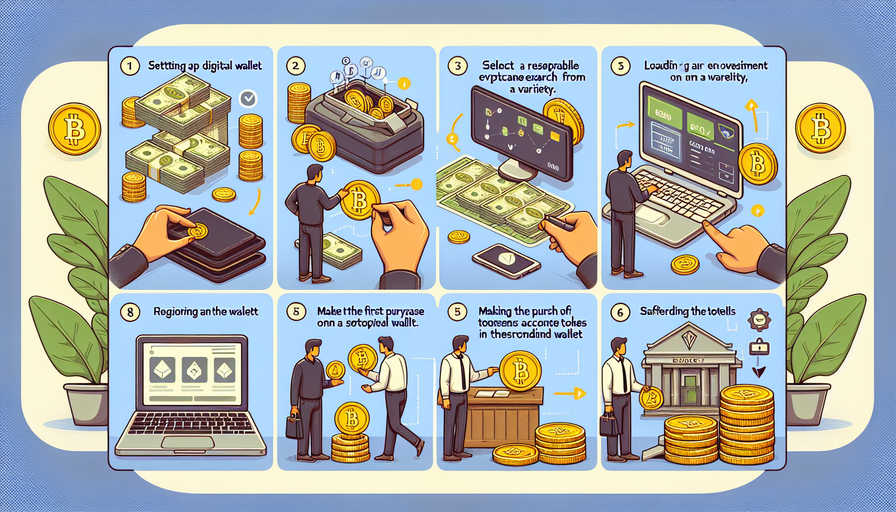In the digital age, we often find ourselves dealing with compressed files that need to be unzipped before they can be accessed. Whether you are a student downloading study materials, a professional receiving work-related documents, or simply someone who enjoys downloading files from the internet, knowing how to unzip a file is an essential skill. In this guide, we will walk you through the process of unzipping files on both Windows and Mac operating systems.
Unzipping Files on Windows
1. Locate the zipped file: The first step is to locate the zipped file on your computer. It is usually denoted by a .zip extension at the end of the file name.
2. Right-click on the zipped file: Once you have located the zipped file, right-click on it to reveal a dropdown menu of options.
3. Select “Extract All”: From the dropdown menu, select the option that says “Extract All”. This will open a new window where you can choose the destination for the extracted files.
4. Choose a destination: Choose where you want the extracted files to be saved on your computer. You can create a new folder or select an existing one.
5. Click “Extract”: Once you have chosen a destination for the extracted files, click on the “Extract” button. The files will then be unzipped and saved in the specified location.
Unzipping Files on Mac
1. Locate the zipped file: Similar to Windows, start by locating the zipped file on your Mac. It will have a .zip extension at the end of its name.
2. Double-click on the zipped file: Unlike Windows, on a Mac, you can simply double-click on the zipped file to unzip it.
3. Wait for extraction: After double-clicking on the zipped file, your Mac will automatically unzip it and create a new folder with the same name as the original zipped file.
4. Access your extracted files: Once the extraction process is complete, you can access your extracted files in the newly created folder.
By following these simple steps, you can easily unzip files on both Windows and Mac operating systems. Unzipping files allows you to access their contents quickly and efficiently without having to download large individual files one by one.
Conclusion
Being able to unzip files is an important skill in today’s digital world where we frequently encounter compressed files while downloading content from various sources. Whether you are extracting study materials for academic purposes or accessing work-related documents for professional use, knowing how to unzip files can save you time and effort in managing digital content effectively.


